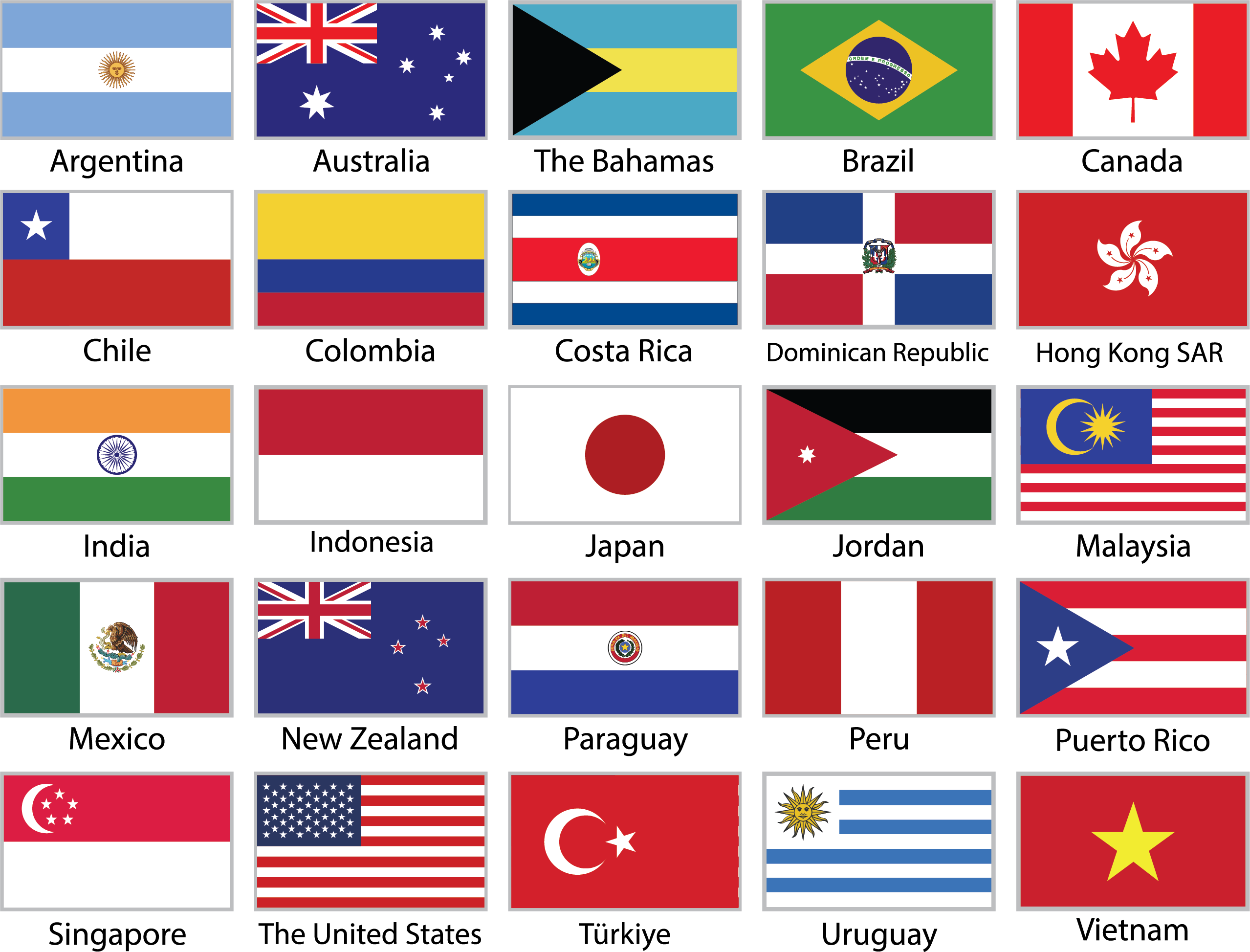by Jessie Cacciola
December 24th 2010
Ever since man made the crossbow, he decided it a necessary evil to kill or raise an animal for food. It’s not something most of us think about much since few of us need to do it ourselves. But the more that recalls, seedy reports and gruesome videos surface, like the recent undercover clips at Smithfield Foods, we’re reminded that we very much need to be aware of where our meat comes from and how the animals are treated before they become ribs, steaks and drumsticks. Or how chickens are housed and treated while producing the eggs that will become tomorrow’s omelet.
That’s a lot easier now. There are at least five labels out there letting consumers know which meat comes from humanely raised livestock. And thanks to a new report (.pdf) released this week by Humane Farm Animal Care (HFAC), each organization’s standards have been categorized in a comparison chart so we know exactly what conditions are factored in to warrant certification for cattle, chickens and pigs. This includes air quality, slaughter method and whether livestock are finished on feedlots. They even specify how many hours a chicken should have darkness (because under fluorescent lights, chickens continue to eat if they think it’s day, and factory farms love to fatten chickens in a hurry).
HFAC/Certified Humane and Animal Welfare Approved require the most humane practices and are the most transparent (with no conflicts of interest) of the five labels, which also include USDA/Organic, American Humane Certified and Global Animal Partnership (that is, Whole Foods Market).
Animal Welfare Approved (AWA) is the only humane label that saves livestock from feedlots. An AWA farm can only use antibiotics if an animal is sick (same for HFAC) and must allow for a weaning period of at least 42 days, two weeks more than the other certifications. Length of time of transport to slaughter is also the most humane for an AWA animal: no more than 8 hours.
According to the chart, Whole Foods allows for cattle castration without anesthesia and apparently doesn’t care how the animal is slaughtered (neither does USDA/Organic) or if chickens have access to the outside (neither does American Humane Certified).
To view the entire article please visit: http://www.slashfood.com/2010/12/24/so-wheres-the-good-beef-five-labels-for-the-humanely-raised/

Slashfood – Humane Labeling
Posted: January 24, 2011 by Certified Humane
December 24th 2010
Ever since man made the crossbow, he decided it a necessary evil to kill or raise an animal for food. It’s not something most of us think about much since few of us need to do it ourselves. But the more that recalls, seedy reports and gruesome videos surface, like the recent undercover clips at Smithfield Foods, we’re reminded that we very much need to be aware of where our meat comes from and how the animals are treated before they become ribs, steaks and drumsticks. Or how chickens are housed and treated while producing the eggs that will become tomorrow’s omelet.
That’s a lot easier now. There are at least five labels out there letting consumers know which meat comes from humanely raised livestock. And thanks to a new report (.pdf) released this week by Humane Farm Animal Care (HFAC), each organization’s standards have been categorized in a comparison chart so we know exactly what conditions are factored in to warrant certification for cattle, chickens and pigs. This includes air quality, slaughter method and whether livestock are finished on feedlots. They even specify how many hours a chicken should have darkness (because under fluorescent lights, chickens continue to eat if they think it’s day, and factory farms love to fatten chickens in a hurry).
HFAC/Certified Humane and Animal Welfare Approved require the most humane practices and are the most transparent (with no conflicts of interest) of the five labels, which also include USDA/Organic, American Humane Certified and Global Animal Partnership (that is, Whole Foods Market).
Animal Welfare Approved (AWA) is the only humane label that saves livestock from feedlots. An AWA farm can only use antibiotics if an animal is sick (same for HFAC) and must allow for a weaning period of at least 42 days, two weeks more than the other certifications. Length of time of transport to slaughter is also the most humane for an AWA animal: no more than 8 hours.
According to the chart, Whole Foods allows for cattle castration without anesthesia and apparently doesn’t care how the animal is slaughtered (neither does USDA/Organic) or if chickens have access to the outside (neither does American Humane Certified).
To view the entire article please visit: http://www.slashfood.com/2010/12/24/so-wheres-the-good-beef-five-labels-for-the-humanely-raised/
Category: news